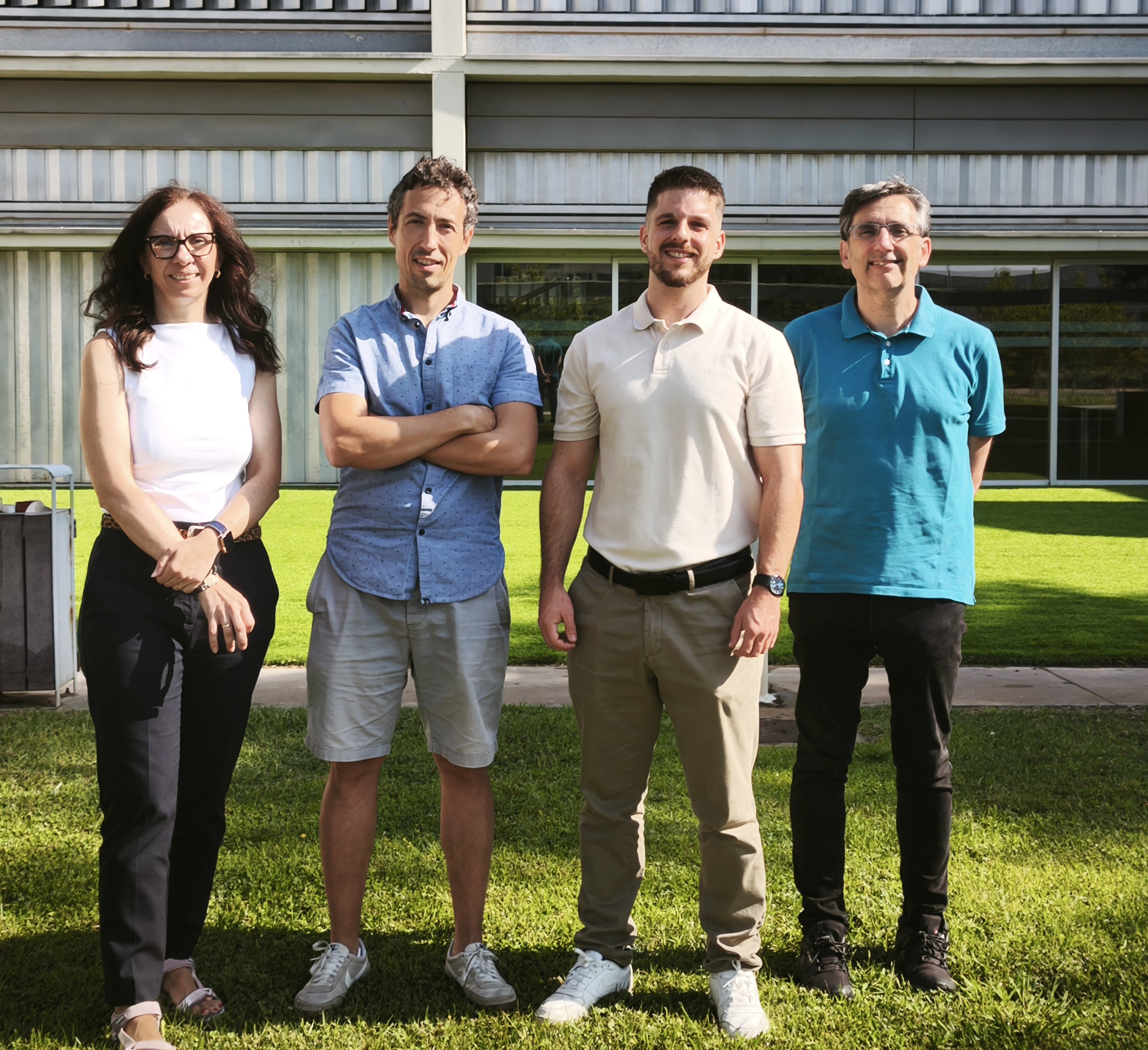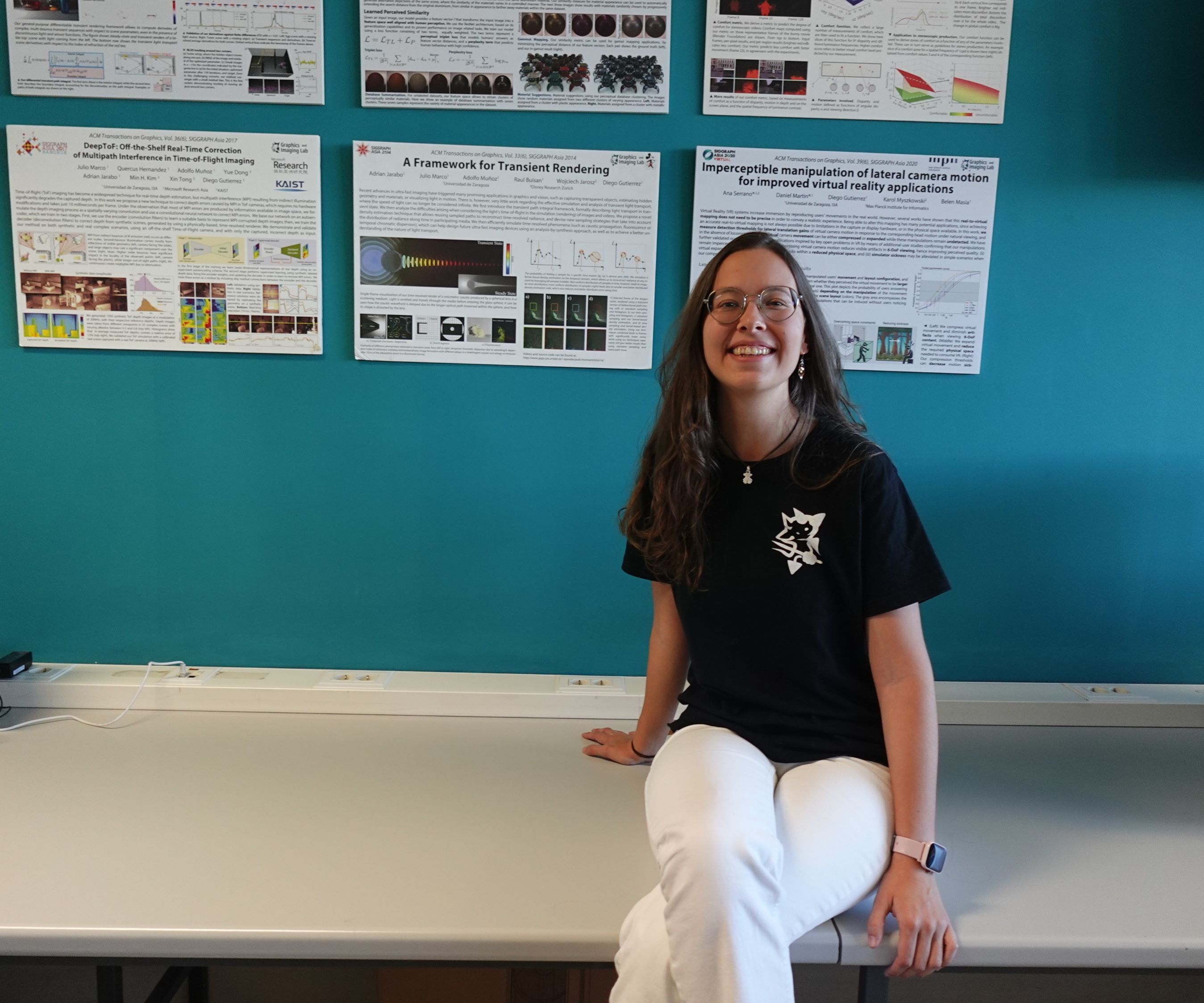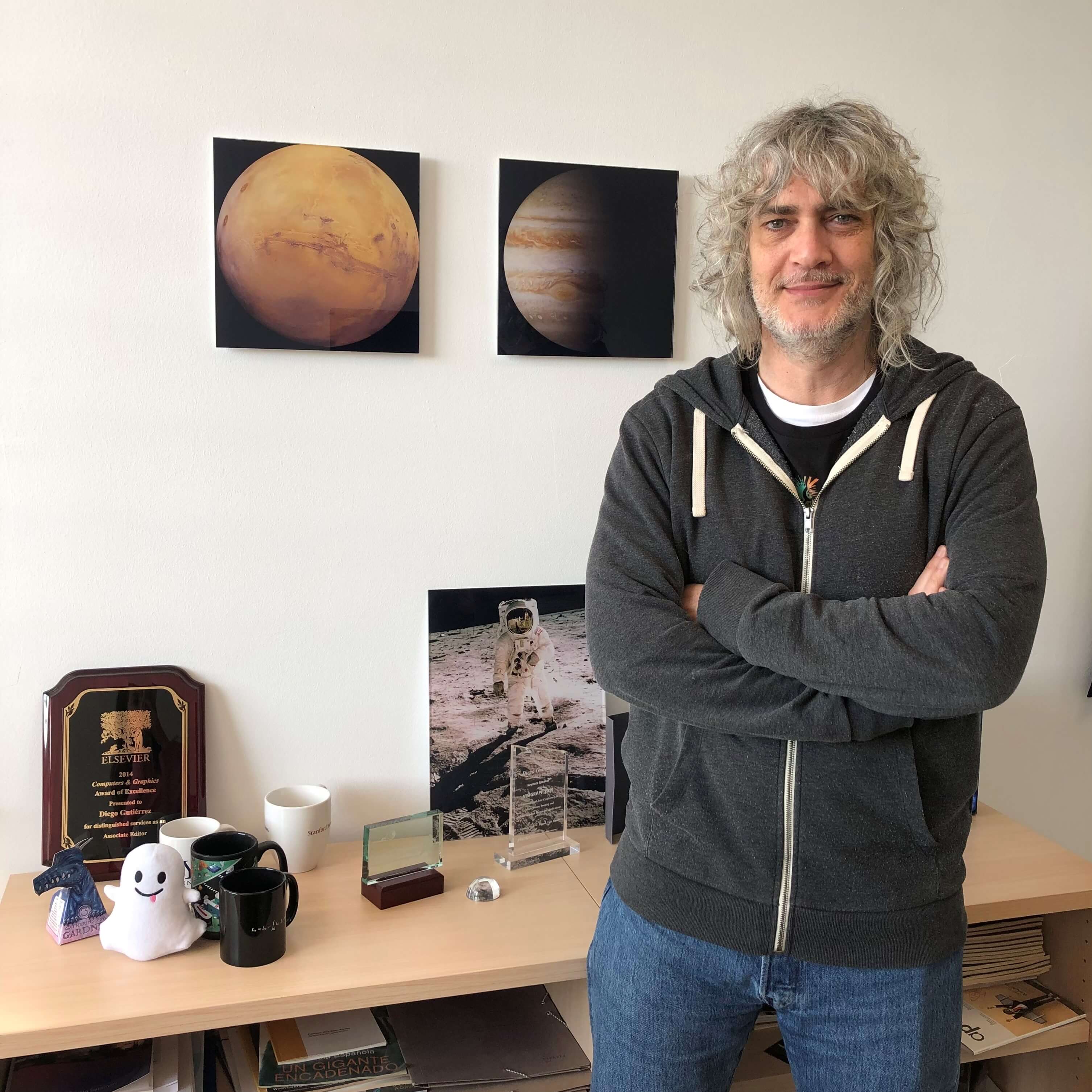
Food contact materials and articles are so widespread and integrated into our daily lives that it is difficult to do without them. They all contain chemicals that can transfer (migrate) into the food we eat and affect our health. They also contain substances that are not intentionally added to the materials during the manufacturing process, but are present in them due to degradation processes during manufacture, impurities or contaminants.
An international team of more than 20 scientists with expertise in food packaging chemistry and materials is proposing a new approach to test all chemicals that migrate from packaging into food products to determine whether they affect diseases that are highly prevalent in today's society. The aim of this research team is to work towards making food contact materials free of hazardous and untested chemicals.
The peer-reviewed research article has been published in the journal Environment International. The authors propose how improved testing of chemicals transferred from packaging to the products being consumed can ensure safety. The scientific team is led by Jane Mucke, director of the Food Packaging Forum (FPF) and also includes Cristina Nerín, professor at the University of Zaragoza and head of the University Group of Analytical Chemistry (GUIA) of the I3A (Aragon Institute for Engineering Research).
The researcher recalls that to protect consumers, "there is mandatory legislation that establishes permitted substances and limits for migration into foodstuffs. These limits are set on the basis of toxicity studies carried out individually for each substance and only genotoxicity (DNA damage) is studied, while other effects, such as toxicity to reproduction (reprotoxicity), the nervous system or the metabolism of sugars and fats are not considered.
When a food or drink is in contact with a material, especially plastics, a set of substances migrate, "so that what we ingest in our diet is a mixture of chemical substances with the potential to cause harm," explains Cristina Nerín.
The research team behind the article highlights that current safety assessments focus mainly on substances used in the manufacture of food contact articles, but overlook compounds that arise during production. As a result, many chemicals in food packaging and cookware remain untested, especially interactions with unintentionally added substances, even though these chemicals are relevant to human exposure.
The publication highlights this fact and proposes to test the effect of mixtures of chemicals from the migration of food contact materials and to extend toxicity studies to multiple targets in the human body associated with six groups of diseases that are highly prevalent worldwide.
The publication also contains an extensive list of studies on chemicals from food contact materials and the diseases associated with their exposure: different types of cancer, cardiovascular diseases, neurodevelopmental problems, diabetes, obesity and infertility.
The scientific group calls for research to focus on developing sensitive, robust and relevant in vitro assays or to establish the essential characteristics of toxic substances. "This will improve the prevention of highly prevalent diseases whose origin is due, in part, to dietary exposure to chemicals," says Dr Nerín.
This research supports global chemical policies, including the EU's Chemical Strategy for Sustainability and Farm to Fork Strategy and the US FDA's initiatives to strengthen post-market reviews. The findings offer steps to improve public health protection with more targeted testing of food packaging and other food contact articles.
Reference
Muncke, J. et al. (2023) “A vision for safer food contact materials: Public health concerns as drivers for improved testing.” Environment International. DOI: 10.1016/j.envint.2023.108161
Photography: Cristiano Pinto (unsplash)




